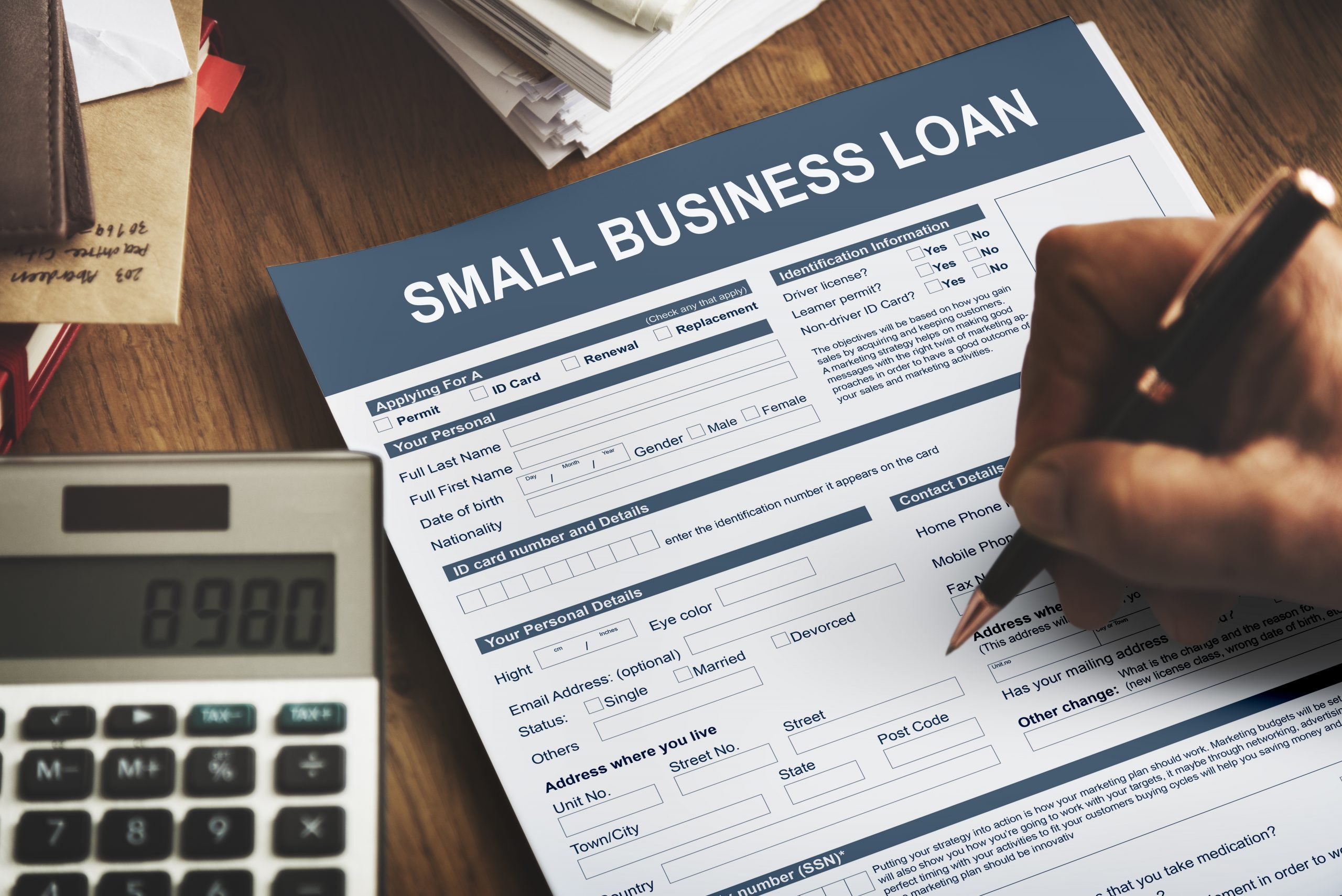No matter the industry you’re in, your ability as a business to accept credit card payments is paramount. As the world continues to shift away from checks and cash, more customers expect to have some type of digital option come payment time. A recent survey by Square found that 84 percent of consumers feel it’s important that a business has a credit card payment option. By excluding credit card payments, you’re effectively turning down business.
But, accepting credit cards does have some downsides – namely the processing fees. On average, those fees cost a business around two percent of each transaction. In this guide, we break down what you need to know about credit card processing fees and give some guidance on how you can keep them down.
What Are Credit Card Processing Fees?
Credit card processing fees are simply the charges you incur when accepting credit card payments. The total credit card processing fee you pay throughout each month contains several smaller fees. Some of those fees are transactional, occurring with each transaction, while others are a flat monthly charge.
Before we dig into the specific fees, though, it’s essential to understand the journey of a credit card transaction. A simple payment follows these steps:
1. A customer swipes a credit card at your point-of-sale (POS) terminal or pays online.
2. The terminal or website sends information about the transaction to a payment processor.
3. Then, the payment processor relays the information to the appropriate credit card network.
4. From there, the card network passes along the transaction details to the issuing bank.
5. Next, the issuing bank checks that:
a. the customer is using a valid card,
b. the transaction isn’t fraud,
c. and that the account has enough available funds.
6. If everything returns valid, the issuing bank sends an approval code back to the card network.
7. The card network then passes along the approval to the payment processor, which in turn, tells
the POS terminal or website.
8. After that, the sale is complete.
9. At the end of the day, the card network will transfer the appropriate funds from the issuing bank to the payment processor.
10. Finally, the payment processor transfers those funds to your business.
Unfortunately for you, the intermediaries at each step of the process take a fee that your business ultimately pays. The following are the credit card processing fees you should know about:
Interchange Fees
Issuing banks (i.e., your customer’s bank) charge acquiring banks (i.e., your business’s bank) interchange fees. And, in turn, the acquiring bank passes along some, or all, of these fees to your business. These fees cover the transaction risks, the costs of handling the transaction, and most importantly, enable the issuing bank to turn a profit.
Interchange fees typically comprise the most substantial portion of credit card processing fees and are out of your control as the credit card networks set them. They usually contain a percentage component in combination with a fixed amount per transaction. The amount of the fee varies, depending on the issuing bank, type of card, method of payment, amount, and your business type.
Assessment Fees
Card networks such as Visa and Mastercard collect fixed-percentage assessment fees. Assessment fees are typically lower than interchange fees and may vary depending on your monthly volume.
Payment Processor Fees
Payment processors like Stripe and PayPal charge payment processor fees in exchange for their services. With some payment processors, you pay these fees alongside the interchange and assessment fees, while others include all costs in what they charge you. It all depends on which payment processor you choose.
Out of all the credit card processing rates and fees, you have the most control over the payment processor fees. Often, you can negotiate more favorable terms. When working with a payment processor, try to avoid long-term contracts. You should also inquire into any discounts they provide at certain transaction volume levels.
Incidental Fees
Most payment processors charge incidental fees on top of their regular service fees. Incidental charges cover cases like chargebacks, non-sufficient funds, and cardholder disputes. Once again, these fees differ depending on which payment processor your business implements.
Credit Card Processing Fees of Popular Payment Processors
There are hundreds of payment processors with which you can do business. Each one contains its own set of strengths and weaknesses, so it’s essential to evaluate them according to the needs of your business. You want to consider aspects like ease-of-use, customer support, accepted payment types, fees, and integrations, among other things.
To stay on track with the theme of this article, though, we’re going to stick with outlining only the credit card processing fees of popular options.
Stripe – Credit Card Processing Fees
Stripe charges a straightforward 2.9% plus $0.30 for each credit card transaction. If you accept a credit card payment through a physical Stripe terminal, however, the fee drops down to 2.7% plus $0.05 per transaction. The cost for a terminal starts at $59.
If you accept international credit cards, Stripe charges an additional 1% for each transaction. And if the transaction involves a currency conversion, there’s a 1% fee on top of that as well.
For large volume businesses, Stripe is more flexible, allowing you to negotiate a contract with their sales team.
A successful chargeback on Stripe will cost you a $15.00 penalty.
PayPal – Credit Card Processing Fees
Similar to Stripe, PayPal charges a standard 2.9% plus $0.30 per credit card transaction (in the U.S.). From there, the companies begin to differ.
For international purchases, PayPal ups the processing fee to 4.4% plus an additional flat fee. The flat fee follows a rate table and depends on the currency of the transaction. Additionally, PayPal levies 2.5% for any currency conversions.
For in-store transactions using a PayPal card reader, you have a flat 2.7% fee when a customer swipes a card. When you enter the card details manually, PayPal increases the fee to 3.5% plus $0.15 per transaction.
If you’re a 501(c)(3) charitable organization, PayPal offers you a discount. Your typical credit card percentage fee lowers to 2.2%, and the international rate falls to 3.7%. You’re still required to pay the full amount of the additional flat fee, though.
Regarding successful chargebacks, PayPal takes slightly more than Stripe – $20.00.
Square – Credit Card Processing Fees
Square’s credit card processing fees are mainly contingent on the POS hardware you choose. The company’s most basic options, the Square Readers, come with a 2.75% fee for each transaction – no additional flat fee.
Using the Square Terminal, you’re charged 2.6% plus $0.10 on each transaction. The Square Register, rounding out the hardware suite, will cost you 2.5% plus $0.10 per transaction.
While the Square Reader is free for your first device, the Terminal and Register cost $399 and $999, respectively.
Identical to the two previous payment processors, online credit card transactions run a 2.9% plus $0.30 fee. Additionally, credit cards that you manually enter cost 3.5% plus $0.15 per transaction.
Square is unique in that it has no chargeback fees.
Helcim – Credit Card Processing Fees
Helcim’s model for credit card processing fees differs significantly from the above service providers. To start, Helcim charges a flat monthly rate of $15 for physical systems and $35 for online access.
Concerning actual processing fees, Helcim implements an interchange plus fee model. The company effectively tacks on anywhere from 0.10% to 0.45% to the standard interchange fees.
The amount of your Helcim fees is dependent on your monthly volume and the average size of your transactions – the larger your transaction sizes and higher the monthly volume, the lower your rate.
You’ll owe Helcim $15 on successful chargebacks.
How to Reduce Credit Card Processing Fees
Because non-negotiable interchange fees comprise the majority of credit card processing fees, strategies to reduce costs for your business are relatively limited. However, there are a few approaches you can take to reduce your credit card processing fees.
Negotiate, Negotiate, Negotiate
There’s hardly any downside in negotiating with payment providers. Shop around and reach out to various companies to see what type of deals they can cut you. Most payment providers would rather give you a discount to have you as a client than lose you to a competitor.
If you’re a high-volume business, ask about receiving lower rates when hitting certain transaction volume thresholds. Often, providers are willing to bring down their rate if you can guarantee a certain level of volume.
Another area of flexibility you have is the contract length. It’s advantageous for your business to implement a shorter-term contract so that you have more opportunities to re-negotiate better terms once the timeframe is up.
Don’t Wait to Settle Transactions
To guarantee the lowest processing fees, settle your transactions at the end of each day. The longer you wait to do so, the higher your interchange fees will be. If you’re accustomed to settling transactions once, or even a few times, a week, switch your routine to make the activity a daily occurrence.
Reduce Fraudulent Transactions
At $15 to $20 a pop, chargebacks and fraudulent transactions can quickly become a considerable expense. Take additional precautions to fight against these things.
For in-person transactions, ensure that your POS terminal includes EMV support. EMV transactions require customers to insert, rather than swipe, their credit cards and utilize the chip found in most cards today. Chip cards help to reduce fraud because they’re challenging to clone and contain advanced data encryption. Mastercard found that, since implementing EMV payments, card fraud has fallen around 60 percent on the Mastercard network.
Besides improved security, you typically receive a lower processing rate for EMV transactions from payment processors.
If you have an online business, it’s worth looking into an address verification service (AVS) to help lower instances of fraud. An AVS requires customers to enter their address when making a payment. It then checks that the address matches the one on file at the issuing bank. If the address doesn’t match, the payment fails, and you save yourself from an incidental fee.
Incentivize Cheaper Payment Methods
Your credit card processing fees can vary greatly depending on which transaction method a customer uses.
Most payment processors charge a significantly higher fee for manually-entered credit card transactions than ones that you execute via swipe or insert. With an additional markup of one to two percent per sale, numerous manual payments could severely curb your profits.
Bring in the Experts
Sometimes it’s worth hiring a credit card processing consultant to find additional ways to reduce costs. They know the ins-and-outs of the industry and usually have connections at several different processing companies. Consultants can often help to negotiate contracts and get you the best deal possible.
The Good News
You’ve already taken the correct first step. The best way to keep your credit card processing fees down is to educate yourself. The more you learn about the system, the easier it becomes to find areas where your business can improve.





